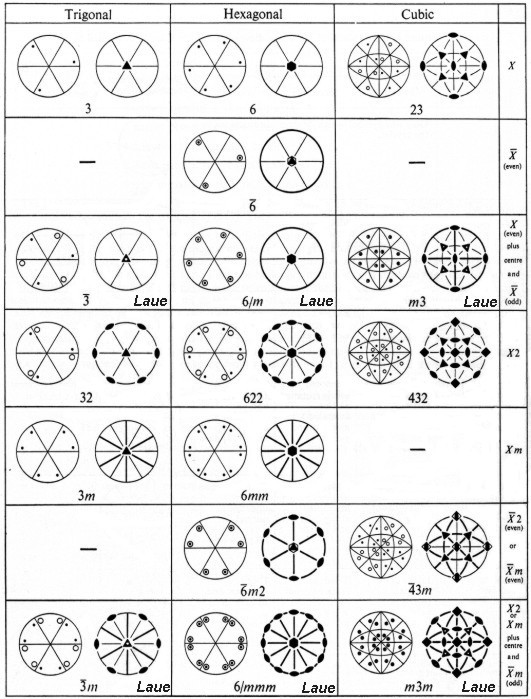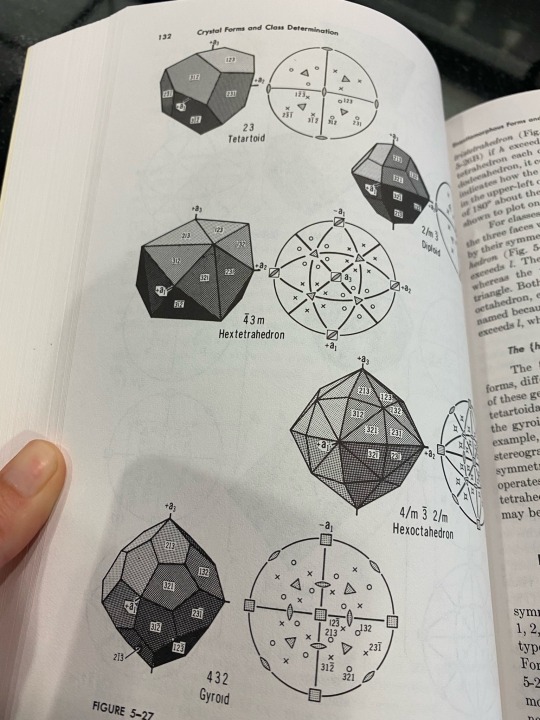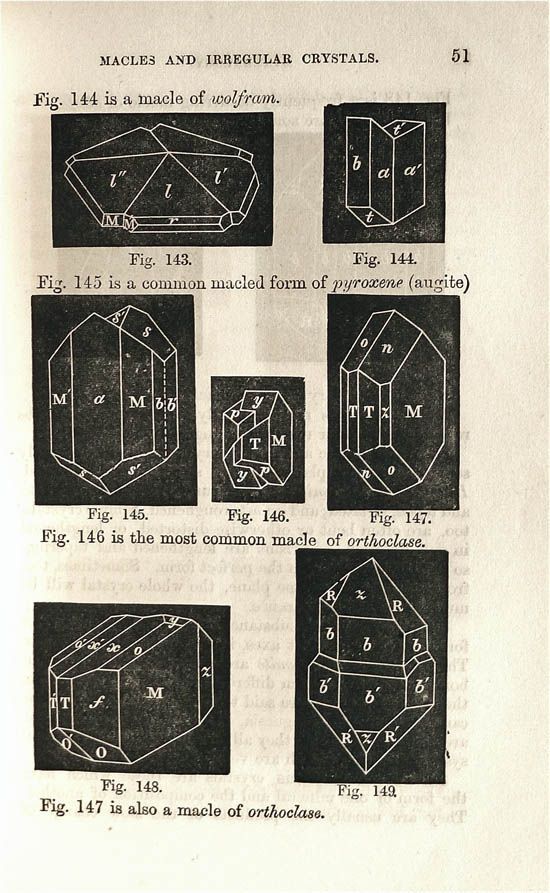#crystallography
Explore tagged Tumblr posts
Text


The symmetry of crystals. Representation of crystal classes Representations of the 32 crystal classes as shown in the International Tables for X-ray Crystallography. https://www.xtal.iqfr.csic.es/Cristalografia/parte_03_2-en.html
166 notes
·
View notes
Text

the actual loot i would drop if i was a video game character
#my photography#my photos#orginal character#original photographers#original post#loot#witchblr#tarot#tarot cards#tarot reading#tattoos#ethereal aesthetic#witchcore#witch community#witch aesthetic#fairy aesthetic#fairycore#fairy cottage#grunge#grungy aesthetic#grungy style#chaotic academia#dark academia#academia#light academia#romantic academia#crystals#crystallography#nature core#magic core
38 notes
·
View notes
Text
Monday Musings: Is Copper a mineral or an element?
It's November now so we will now be switching from paleontology to mineralogy! With that in mind, this month will be all about copper!

So, is copper an element or a mineral? It's both!

How you ask? Easy. An element is only made of one type of atom. Copper, for example is only made of copper atoms.

A mineral is a solid inorganic substance with a defined crystal structure and chemical composition. Copper is solid and inorganic. It's only made of copper atoms so it has a defined chemical composition. It also has a defined crystal structure in the form of a face-centered cubic (isometric) system.

Now you know something new about copper. Tune in tomorrow for some copper trivia!
12 notes
·
View notes
Text

Clear Quartz: A Captivating Crystal Of Endless Applications
Clear quartz is a type of crystal known for its clarity and versatility. It's composed of silicon dioxide and is one of the most abundant minerals on Earth. It's often referred to as the master healer by crystal healing enthusiasts because it's believed to amplify energy and thought, enhance spiritual growth, and promote clarity in communication.
Chemical Composition
Each molecule of clear quartz is made up of one silicon atom bonded to two oxygen atoms (silicon dioxide). It's crystalline structure belongs to the hexagonal crystal system, which gives quartz its characteristic clarity and ability to refract light. The silicon and oxygen atoms are arranged in a repeating pattern, creating a three-dimensional lattice that contributes to the crystal's strength and stability. Clear quartz can also contain trace minerals and impurities that can affect its color and clarity, but pure clear quartz is transparent and colorless. Its unique properties make it a popular choice for various applications.
Use In Jewelry
Clear quartz is a popular choice in jewelry due to its beautiful clarity, versatility, and metaphysical properties. Clear quartz is relatively affordable compared to other gemstones, making it accessible for more people. Its often used as an alternative to diamonds due to its similar clarity and brilliance, allowing for the creation of beautiful pieces for a more affordable price.
Use In Watchmaking
Quartz used in watches is cut into small squares or rectangles known as quartz 'crystals', which are essential for the timekeeping mechanism. When an electric current is applied to the crystal, it vibrates at a precise frequency (specifically, 32,768 times per second). This consistent vibration is what allows quartz watches to keep time accurately. The vibrations are converted into electrical pulses, which are then counted by a circuit within the watch. This counting process helps to regulate the movement of the watch hands or the digital display, ensuring that the time is displayed accurately. The use of quartz technology in watches has made them more affordable and reliable compared to traditional mechanical watches, which rely on intricate gears and springs. Quartz has revolutionized the watch industry by providing a highly accurate and low-maintenance option for timekeeping.
Finding Quartz Crystals In Nature
Being one of the most abundant minerals on earth, quartz can be found almost anywhere! It's very common along beaches, in riverbeds and in the ground. To recognize clear quartz in the field, look for these specific features:
Clarity: Clear quartz is transparent and allows light to pass through.
Crystal Shape: Clear quartz often forms as six-sided (hexagonal) crystals, although these formations may have been eroded by natural processes.
Luster: It has a vitreous luster. It appears shiny and reflective, similar to glass.
Hardness: Clear quartz has a hardness of seven on the Mohs scale, so you can test it by trying to scratch a piece of glass. If it scratches the glass, it's likely quartz.
Fracture: When broken, clear quartz exhibits a conchoidal fracture. The stone's edges might resemble a broken shell, with some sharp edges and no flat planes.
Conclusion
In conclusion, clear quartz stands out as a remarkable mineral due to its unique properties and widespread occurrence. Its versatility and beauty ensure that clear quartz will continue to captivate for generations to come.
#clear quartz#quartz crystals#crystals#metaphysical#jewelry#geography#geology#crystallography#crystal healing#watchmaking#watches#quartz
2 notes
·
View notes
Link
What are Wigner Crystals? 🤔 These strange, unusual formations of electrons defy the ordinary and reveal the wonders of quantum physics! ✨🔬 Dive into this fascinating phenomenon. https://mentalitch.com/what-are-the-strange-and-unusual-wigner-crystals/
#WignerCrystals#QuantumPhysics#ScienceFacts#UnusualDiscoveries#PhysicsIsCool#Crystallography#ScienceExplained#LearnSomethingNew#FascinatingPhysics
4 notes
·
View notes
Text

2 notes
·
View notes
Text
Furthermore, the crystallographic pattern repeats every 3.4 nm.
"Chemistry" 2e - Blackman, A., Bottle, S., Schmid, S., Mocerino, M., Wille, U.
#book quote#chemistry#nonfiction#textbook#crystallography#dna#deoxyribonucleic acid#pattern#repetition
2 notes
·
View notes
Text




Some heavy ass reading that is highly intriguing
3 notes
·
View notes
Text

#crystallography#crystals#science#NH Hartshorne#A Stuart#optical crystallography#crystal optics#optics#light#book cover#cover design
41 notes
·
View notes
Text



is the grass ever greener?
#my photography#my photos#florida nature#nature photography#florida#nature#adventure#original photographers#original post#nature core#naturalist#naturism#naturist#forest core#forest photography#forest#moss core#crystallography#crystals#creek#rocks#florida plants#plantlife#plants#travel#fairy cottage#fairy aesthetic#fairycore#hopecore#hope
25 notes
·
View notes
Text
Wordplay Wednesday: Tetrahedral

Quartz has a tetrahedral structure. In fact, it has a perfect three-dimensional framework. That is why it is called a framework or tectosilicate like feldspar.

Here's a close-up of how these tetrahedra would interconnect. Each oxygen is shared between two tetrahedra.

Altogether, it would make this shape. And we see this shape with the naked eye.

17 notes
·
View notes
Text
Six-Cornered-Starlet
It’s early, from my window I can tell it snowed over night. I have no curtains up now, nothing to block out the sun when it comes. Outside there are fresh ice crystals, six cornered stars and a thick layer that coats the streets, that demands to be looked at but not right now. Underneath it, is the névé from a four year storm. Some of it has melted and reformed but it lies there, foundational,…

View On WordPress
#believe#connections#Courage#crystallography#Cycles#Dance#firn#glacial#glacier#guide#ice crystals#Kepler#névé#Penrose tiling#physics#relationships#seasons#snow#snowmen#storms#Time#transformation#Waiting#water cycle#weather
1 note
·
View note
Text
The crucial techniques – crystallography, chromatography, radioactive tracers, the ultra-centrifuge – were all being developed.
"Frankenstein's Footsteps: Science, Genetics and Popular Culture" - Jon Turney
#book quote#frankenstein's footsteps#jon turney#scientific technology#scientific developments#crystallography#chromatography#radioactive tracer#centrifuge
2 notes
·
View notes

